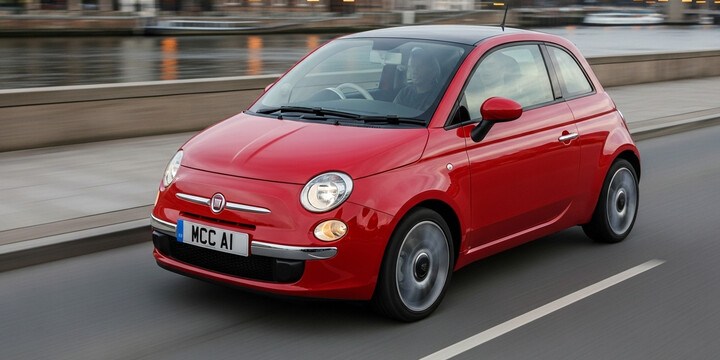
FIAT 500C (2009-16) 2DR CONVERTIBLE 1.2 8V SS 69 EU5 S DUALOGIC AUTO5

average use

The data indicates that the most common recorded mileage for the Fiat 500C (2009-16) 1.2 8V SS 69 EU5 S DUALOGIC AUTO5 is between 30,000 and 40,000 miles, accounting for 37.5% of the sample. Smaller proportions are recorded in the ranges of 0 to 10,000 miles, 10,000 to 20,000 miles, 50,000 to 60,000 miles, and 90,000 to 100,000 miles, each representing around 6.3% to 12.5%. Notably, there are no records of mileage over 110,000 miles in the latest data. This suggests that most vehicles of this model are likely to have moderate mileage, with a significant concentration within the 30,000 to 40,000 miles range.

vehicle values

The data indicates that the majority of private sale valuations for the Fiat 500C (2009-16) 2DR Convertible 1.2 8V SS 69 EU5 S Dualogic Auto fall within the £3,000 to £6,000 range, with 43.8% valued between £5,000 and £6,000 and 25% between £4,000 and £5,000. Smaller proportions are estimated below £4,000 (6.3%) and above £6,000 (also 6.3% between £6,000 and £7,000, and 6.3% between £7,000 and £8,000). This suggests that most vehicles of this model are likely to be valued in the moderate price bracket, with a significant concentration around the £5,000 mark. There is a relatively small percentage of vehicles valued outside this core range, highlighting a fairly consistent market valuation for these cars in private sales.

production years

Based on the available data, all of the sampled Fiat 500C vehicles of the model year range 2009-16 were manufactured in 2014. This suggests that, within this sample, 2014 was the predominant or sole production year for these vehicles. Such a concentration could imply a limited range of model years for this particular vehicle or specific manufacturing trends during that time.

colour popularity


ownership cycle


engine choices

The data indicates that all vehicles of the Fiat 500C (2009-16) 2DR Convertible 1.2 8V SS 69 EU5 S Dualogic Auto5 model are equipped with a 1242cc engine, and exclusively use petrol as their primary fuel type. This consistency suggests a uniform engine size and fuel type choice across the sample, reflecting the standard specifications for this particular model.












